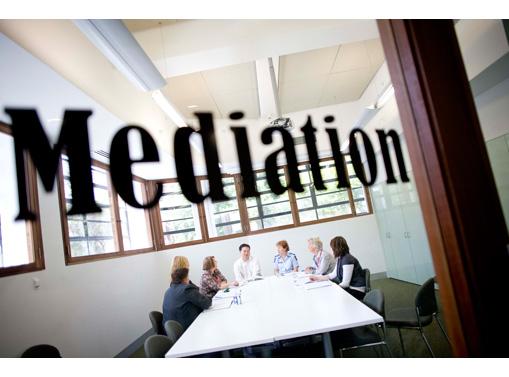According to the most recent statistics released by the U.S. Equal Employment Opportunity Commission (EEOC), sexual harassment claims are decreasing in the workplace. While this is certainly good news, the numbers are still higher than they should be and mediators are often responsible for dealing with the breakdown in communications and leadership that bring clients to the mediation table to attempt to settle workplace sexual harassment disputes.
For a brief glimpse of the scope of workplace sexual harassment incidences, in 2011, there were 11,364 sexual harassment claims brought to the EEOC, which was down slightly from the numbers in 2010 (11,717). Of these claims, 83.7% were filed by females and 16.3% were filed by males.
Times Have Changed
While social norms surrounding age, culture and a host of other social constructs contributes to sexual harassment, the root of the issue is in changing times and changing levels of acceptable behaviors. Anyone who has ever seen the hit television show, Mad Men, can clearly observe that what once was perfectly acceptable in the workplace regarding the interaction between men and women is no longer acceptable. Not only have women fought to be recognized with equal pay and equal advancement opportunities, but they no longer have to bear the brunt of male chauvinism and remarks about their appearance while on the job.
And sexual harassment is not limited to male-on-female advances; as the figures above show, 16.3% of the harassment claims have been filed by men. This makes the issue an on-going problem that is experienced by both sexes and can cause serious trouble for any manager who is attempting to keep employees happily working together.
 The Biggest Obstacle for Mediators Working With Sexual Harassment Disputes
The Biggest Obstacle for Mediators Working With Sexual Harassment Disputes
Since what is acceptable and what is not has changed quite drastically within a few decades, the most obvious issue at hand is often a generational gap or a gap in code between older and younger employees. It is also something that—in some workplaces—is more “frowned upon” by management than actually dealt with, and herein lies the biggest obstacles facing mediators working with sexual harassment disputes.
When a manager, or any other employee, witnesses sexual harassment but doesn’t make obvious and real efforts to stop it, the person who is sexually harassing is receiving mixed messages. On the one hand, company policy might tell him or her that sexual harassment is not acceptable, but on the other hand, he or she might notice that people turn a blind eye or laugh uncomfortably when it happens. If nothing real is done about it, then the action is silently approved—regardless of what the company’s policies and procedures manual says about it.
This is why a mediator’s biggest hurdle is in convincing upper management that swift action must be taken each and every time sexual harassment occurs in the workplace. Managers should be informed that their obvious effort to quell the act is the most important thing they can do to ensure that it doesn’t continue to happen. When a simple “slap on the wrist” occurs once, the perpetrator is led to believe that he or she can continue sexually harassing a co-worker, as long as it’s done behind closed doors. This is the kind of thought pattern that leads to major problems in the future.
 Guidelines Mediators Can Suggest
Guidelines Mediators Can Suggest
In order to convince clients that sexual harassment in the workplace needs to be dealt with quickly and definitively; there are guidelines that mediators can suggest to upper management to ensure that it doesn’t become a consistent struggle in their workplace. For example, having a clearly written code of conduct or other policy document in place is crucial, but equally crucial is making sure that all employees are aware of it and are aware that there will be consequences if it isn’t followed. Employees and managers alike benefit when expectations of behavior are clearly stated and understood.




